‘Cosmos’ Paints a Beautiful Family Portrait, Including the Family Dog
The second installment of ‘Cosmos: A Spacetime Odyssey’ leaves behind the stars and explores the interconnectedness of all life on our planet in a gorgeous waltz across the dance floor of cosmic evolution, genetic mutation and both artificial and natural selection. It’s a celebration of the stubborn refusal of life to succumb to cataclysms great and small and its ability to turn clumsy mistakes and accidents into works of startling beauty.
“Some of the Things That Molecules Do” begins with the story of human domestication by dogs. Host Neil deGrasse Tyson explains why cozying up to humans rather than attacking and competing with them allowed dogs to manipulate our ancestors with their cuteness and loyalty in order to gain a secure lifestyle with plenty of food and belly rubs. (If you ever get the feeling that your dog is using its adorableness to take advantage of you, there’s hard science to back your theory.) Wolves that were willing to turn traitor on their own species and aid humans in the hunt and in fending off predators were rewarded with inclusion into the human social circle. It’s one of the greatest team-ups in history.
The partnership between man and his best friend led to what is called artificial selection. Every breed of dog we see today is the result of humans selectively breeding dogs with traits most desirable in a companion. Tyson poetically describes this relationship as the first example of humans taking evolution into their own hands and shaping the natural world to fit our needs. If humans can achieve so much through artificial selection in just a few thousand years, he asks, what can nature accomplish given billions of years?
The answer is natural selection. Tyson simply and elegantly explains how nature’s mistakes can sometimes become her greatest triumphs. We’re given the polar bear as an example of a random genetic mutation giving a creature an evolutionary advantage that nature then nurtures and sharpens. Tyson’s Spaceship of the Imagination takes us on a microscopic journey into the reproductive system of a mother bear, where an incorrectly coded DNA sequence slips by a cellular security system. The chance mutation gives rise to a bear cub with white fur that is better able to hunt in snowy terrain. This handy trait enables the white bear to prosper over its relatives and create more offspring, and thus a species is born.
It's a shame that Tyson doesn't have more time to go into detail about how all of this works. While it's great to see a network like FOX take a risk and put science programming in a prime time Sunday slot, time constraints caused by the need for commercial breaks mean that Tyson must sometimes skim over details that were handled so eloquently by Carl Sagan in the original series.
But Tyson does his best to stress that we owe much of the variety and complexity of life on our planet to randomness and time. A thin genetic line drawn by chance separates us from our closest evolutionary cousin, the chimpanzee, but humans and chimps are also part of a larger tree of life, the many branches of which are all connected to a trunk – our common ancestor. The simplest and most complex forms of life on our planet all got their start as tiny molecules that somehow figured out how to make copies of themselves. Sometimes the copies were botched, which either led to evolutionary dead ends or to things like the wondrous mechanism that is the human eye. (We can thank a random mutation in the DNA of our oceanic ancestors for that!) New species are born when a mutation leads to developments that allow creatures to pass through environmental screens with the aid of these coincidental attributes.
Next, we’re reminded of just how hardy life is. Tyson points out that there are countless species right here on Earth that humans have yet to discover, many of them living in conditions that traditional thinking tells us ought to be completely hostile to life. The tardigrade, for example, can live in boiling water, frozen blocks of ice and even in the vacuum and insanely radioactive conditions of space. ‘Cosmos’ asks us to imagine what might be living on other worlds that, to us, seem incapable of harboring life.
Before visiting another one of those worlds, Tyson takes us on a somber tour of the “Halls of Extinction” to look back on past conditions on Earth that should have instantly KO’d life on several occasions. Mass extinction events have cut off countless genetic lines, but that basic building block – that self-replicating particle, DNA – stubbornly refused to go quietly into the night.
We fly to Titan, Saturn’s largest moon, with oceans and lakes made of liquid methane and ethane that could very well contain life unlike anything we’ve ever seen. Can life, so dependent on liquid water here on earth, develop on such a world? As Tyson braves the depths of one of Titan’s lakes, he catches something out of the corner of his eye, but it vanishes into the dark (if it was ever there at all). We feel his frustration. There’s still much that science doesn’t know.
The closing minutes of the show touch on the razor’s edge between ignorance and knowledge that science walks. It’s not an admission of defeat, but a challenge – an invitation for young minds to imitate life and refuse to surrender. Let us hope that the challenge is accepted.




